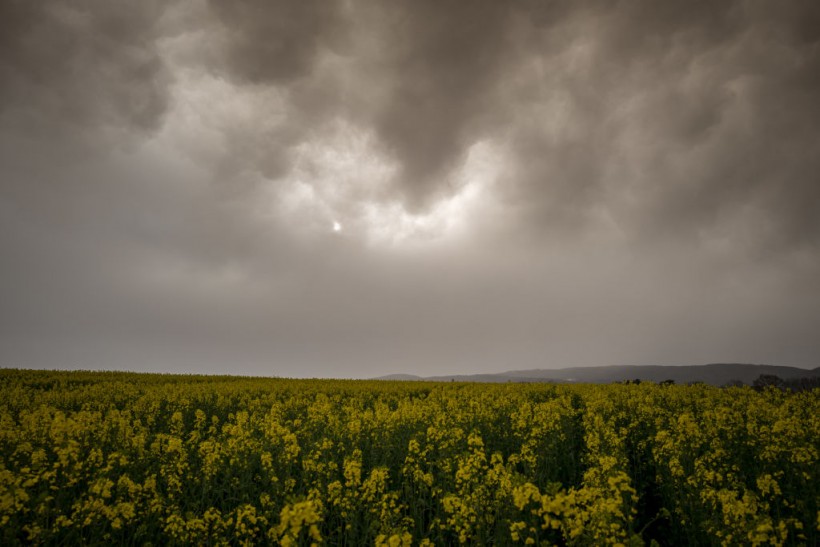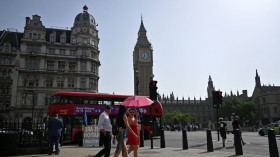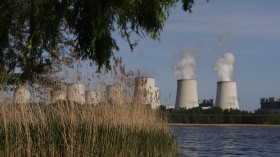Experts recently warned that millions of people could have experienced hazardous air quality during the wildfire season in the United States and Canada.
Not As Extreme As 2023
While the 2024 wildfire season is right around the corner, meteorologists said that they are not expecting a record-shattering season, however, the period may still bring air quality risks. They pointed out that it would be unlikely that the wildfire season this 2024 will be as extreme as that of last year.
However, the hazard could be similar to what was experienced by residents across the continent that were hit by these blazes.
Experts said that there are concerns that the air quality could be affected periodically due to the larger wildfires that may strike in most areas.
They noted that the air quality across Canada and the northern US could worsen at times during the summer. This condition will affect people who are staying outside, especially those who are experiencing breathing problems.
To recall, wildfires in the US in 2023 had put on fire a total of 2,693,910 acres of land, which was significantly lower than the historical average of around seven million acres.
Authorities said that this number had depicted the fewest acres burned since 1998, the period when around 1.3 million acres were scorched.
Meanwhile, in Canada, more than 45.7 million acres of land were put on fire amid historic blazes, and this figure was nearly three times higher than the previous record of 17.5 million acres burned in the country in 1995.
So far, it has been predicted that the 2024 US wildfire season would be below average in terms of the number of fires and acres that will be burned and eventually destroyed.
The blazes across the country are predicted to burn between four and six million acres of land in 2024, which is below the historical average of around seven million acres.
The American Lung Association indicated that all of the 131.2 million Americans living in places with failing grades for unhealthy levels of ozone or particle pollution are at risk of harm to their health in relation to air quality.
Read Also: Air Quality in Great Salt Lake May Turn Hazardous Due to Pollution
High-Risk Groups
However, some groups of individuals are especially vulnerable to illness and death from their exposure to the dangerous air. The number of people in the high-risk groups when it comes to the state of air in 2024 will include those people of color and those individuals experiencing poverty.
Authorities said that about 68.9 million people of color live in counties that received at least one failing grade for ozone and/or particle pollution.
Meanwhile, more than 27.5 million people of color live in counties that received failing grades on all three measures, including some 16.8 million Hispanic or Latino people.
When it comes to people experiencing poverty, some 16 million people with incomes meeting the federal poverty definition live in counties that received an F for at least one pollutant.
On the other hand, more than 5.4 million people in poverty live in counties failing all three measures.
Related Article: WHO Air Quality: Vast Majority Of Countries Fail To Meet Standards
© 2024 NatureWorldNews.com All rights reserved. Do not reproduce without permission.






